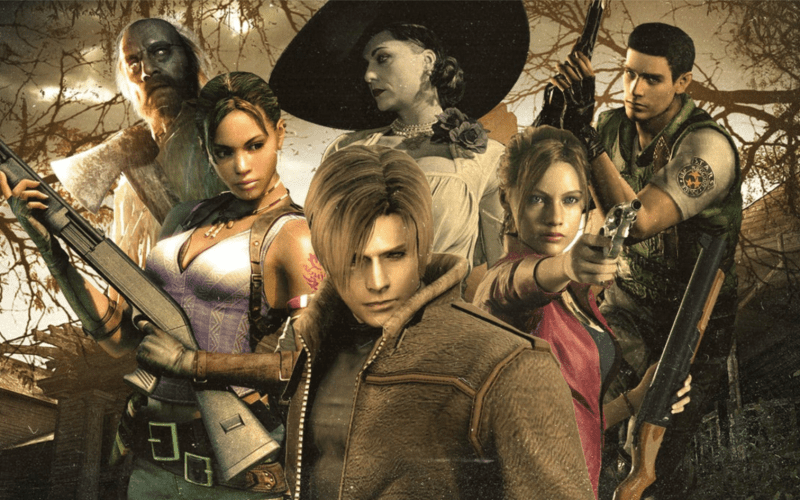Introduction
When delving into the analysis of narratives within video games, one must appreciate the intricate interplay of storyline, plot twists, and narrative elements that actively engage players and incite emotional investment. In the realm of gaming, narratives serve as the backbone, compelling players to immerse themselves deeply in the virtual worlds crafted by game developers. This article aims to dissect the various components that contribute to a captivating gaming narrative, examining their impact on player engagement and emotional involvement.
The Foundation
At the core of any engaging narrative lies a compelling storyline. Much like a novel or a film, a game’s storyline establishes the setting, introduces characters, and sets the stage for the player’s journey. It’s the foundation upon which the entire narrative is built. A well-crafted storyline not only captivates players’ attention but also motivates them to progress through the game, eager to uncover what lies ahead.
The Art of Plot Twists
Plot twists are the unexpected turns in a narrative that can either shock, surprise, or emotionally resonate with players. They inject unpredictability into the storyline, subverting expectations and keeping players on the edge of their seats. Effective plot twists not only serve as memorable moments but also compel players to reconsider their assumptions, fostering a deeper connection with the narrative.
The Building Blocks
Several narrative elements contribute to the richness and depth of a gaming narrative:
Characters Development
Well-developed characters with distinct personalities, motivations, and arcs are essential in forging emotional connections with players. Witnessing character growth or undergoing experiences alongside them enhances player investment in the storyline.
Worldbuilding
The intricacies of the game world, including its history, cultures, and lore, significantly impact the narrative’s depth. A richly detailed world can evoke a sense of wonder and intrigue, encouraging players to explore and uncover its secrets.
Pacing and Tension
The pacing of a narrative, including its rhythm, tempo, and the placement of climactic moments, profoundly influences player engagement. Tension, whether through suspenseful sequences or high-stakes conflicts, keeps players invested in the outcome.
Player Agency and Choices
Games that offer players meaningful choices and consequences within the narrative empower them to shape the story. This agency heightens emotional investment as players feel accountable for the outcomes based on their decisions.

Driving Engagement and Emotional Investment
The synergy of these narrative elements cultivates an environment where players are not mere spectators but active participants in the story. Engaging storylines, coupled with well-timed plot twists and immersive narrative elements, evoke emotional responses that solidify the player’s connection to the game.
Immersion:
A captivating narrative draws players into the game world, blurring the lines between reality and fiction. Immersion heightens emotional investment as players feel personally involved in the unfolding events.
Emotional Resonance
Moments of triumph, tragedy, or revelation within the narrative evoke emotional responses from players. These emotions, whether joy, sorrow, surprise, or empathy, reinforce the player’s investment in the story’s outcome.

Conclusion
In the dynamic landscape of gaming narratives, the potency of a storyline, the impact of plot twists, and the synergy of narrative elements are pivotal in shaping player engagement and emotional investment. Developers wield these tools to craft experiences that transcend mere gameplay, fostering profound connections between players and the virtual worlds they inhabit. As gaming continues to evolve, the art of storytelling within this medium remains an integral aspect, continually pushing the boundaries of immersion and emotional involvement.












